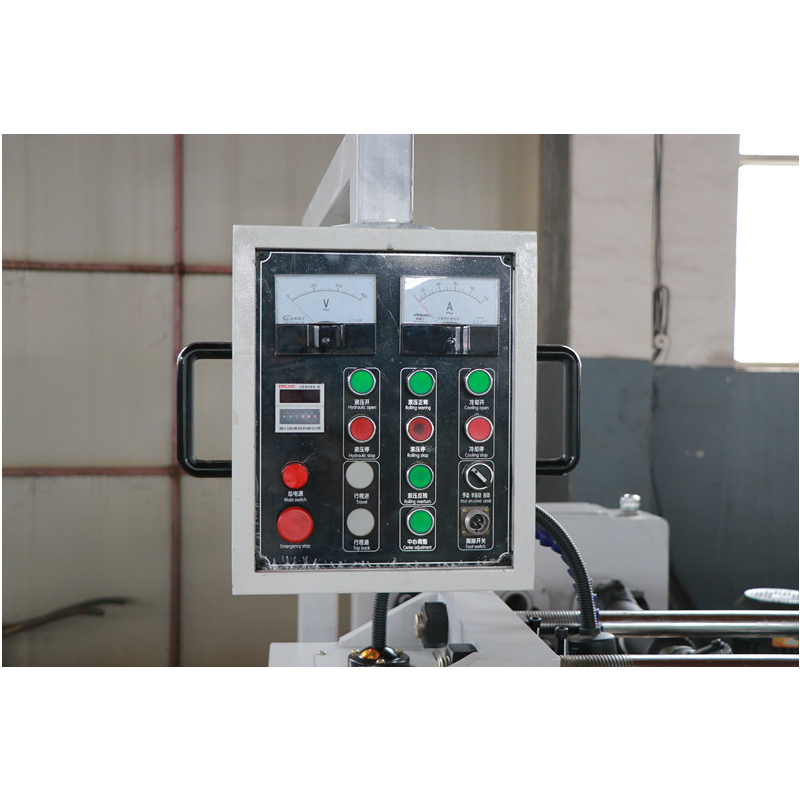
-
 Afrikaans
Afrikaans -
 Albanian
Albanian -
 Amharic
Amharic -
 Arabic
Arabic -
 Armenian
Armenian -
 Azerbaijani
Azerbaijani -
 Basque
Basque -
 Belarusian
Belarusian -
 Bengali
Bengali -
 Bosnian
Bosnian -
 Bulgarian
Bulgarian -
 Catalan
Catalan -
 Cebuano
Cebuano -
 Corsican
Corsican -
 Croatian
Croatian -
 Czech
Czech -
 Danish
Danish -
 Dutch
Dutch -
 English
English -
 Esperanto
Esperanto -
 Estonian
Estonian -
 Finnish
Finnish -
 French
French -
 Frisian
Frisian -
 Galician
Galician -
 Georgian
Georgian -
 German
German -
 Greek
Greek -
 Gujarati
Gujarati -
 Haitian Creole
Haitian Creole -
 hausa
hausa -
 hawaiian
hawaiian -
 Hebrew
Hebrew -
 Hindi
Hindi -
 Miao
Miao -
 Hungarian
Hungarian -
 Icelandic
Icelandic -
 igbo
igbo -
 Indonesian
Indonesian -
 irish
irish -
 Italian
Italian -
 Japanese
Japanese -
 Javanese
Javanese -
 Kannada
Kannada -
 kazakh
kazakh -
 Khmer
Khmer -
 Rwandese
Rwandese -
 Korean
Korean -
 Kurdish
Kurdish -
 Kyrgyz
Kyrgyz -
 Lao
Lao -
 Latin
Latin -
 Latvian
Latvian -
 Lithuanian
Lithuanian -
 Luxembourgish
Luxembourgish -
 Macedonian
Macedonian -
 Malgashi
Malgashi -
 Malay
Malay -
 Malayalam
Malayalam -
 Maltese
Maltese -
 Maori
Maori -
 Marathi
Marathi -
 Mongolian
Mongolian -
 Myanmar
Myanmar -
 Nepali
Nepali -
 Norwegian
Norwegian -
 Norwegian
Norwegian -
 Occitan
Occitan -
 Pashto
Pashto -
 Persian
Persian -
 Polish
Polish -
 Portuguese
Portuguese -
 Punjabi
Punjabi -
 Romanian
Romanian -
 Russian
Russian -
 Samoan
Samoan -
 Scottish Gaelic
Scottish Gaelic -
 Serbian
Serbian -
 Sesotho
Sesotho -
 Shona
Shona -
 Sindhi
Sindhi -
 Sinhala
Sinhala -
 Slovak
Slovak -
 Slovenian
Slovenian -
 Somali
Somali -
 Spanish
Spanish -
 Sundanese
Sundanese -
 Swahili
Swahili -
 Swedish
Swedish -
 Tagalog
Tagalog -
 Tajik
Tajik -
 Tamil
Tamil -
 Tatar
Tatar -
 Telugu
Telugu -
 Thai
Thai -
 Turkish
Turkish -
 Turkmen
Turkmen -
 Ukrainian
Ukrainian -
 Urdu
Urdu -
 Uighur
Uighur -
 Uzbek
Uzbek -
 Vietnamese
Vietnamese -
 Welsh
Welsh -
 Bantu
Bantu -
 Yiddish
Yiddish -
 Yoruba
Yoruba -
 Zulu
Zulu
types of thread rolling machine
Types of Thread Rolling Machines
Thread rolling is a manufacturing process used to create threads on cylindrical parts through the deformation of material. This technique is preferred over traditional cutting methods due to its ability to produce stronger threads with better surface finish and dimensional accuracy. The thread rolling machines come in various types, each designed to cater to specific manufacturing needs. In this article, we will explore the different types of thread rolling machines, their applications, and the advantages they offer.
1. Flat Die Thread Rolling Machines
Flat die thread rolling machines are one of the most commonly used types in the industry. The process involves placing the workpiece between two flat dies, which are engraved with the desired thread pattern. As the dies close, they roll over the workpiece, forming the threads by displacing the material. These machines are versatile and can handle a wide range of sizes and thread profiles. They are particularly effective for producing external threads on fasteners and bolts.
The flat die thread rolling process is known for its efficiency and ability to create high-quality threads in less time compared to traditional machining practices. The resulting threads exhibit excellent strength due to the work hardening of the material.
2. Rotating Die Thread Rolling Machines
Rotating die thread rolling machines, also known as planetary thread rolling machines, use rotating dies to form threads. In this setup, the workpiece is held stationary while the dies move around it in a planetary motion, exerting pressure to create the threads. This type of machine can be used for both internal and external threading.
The advantage of rotating die machines is their adaptability to a variety of applications, including those requiring tighter tolerances and intricate thread designs. This makes them suitable for producing components for the aerospace, automotive, and medical industries, where precision is crucial.
3. Multi-Station Thread Rolling Machines
types of thread rolling machine

Multi-station thread rolling machines are designed for high-volume production. These machines can accommodate multiple workpieces simultaneously, allowing for faster production rates. The setup typically involves several stations, each performing a different operation, such as initial forming, finishing, or secondary operations like trimming or threading.
These machines are particularly advantageous for manufacturers looking to optimize their production efficiency. By implementing multi-station machines, companies can significantly reduce cycle times and improve throughput without sacrificing quality.
4. CNC Thread Rolling Machines
Computer Numerical Control (CNC) thread rolling machines integrate advanced technology into the traditional rolling process. These machines are programmable, allowing for precise control over the machining parameters. CNC thread rolling machines can handle complex threading profiles and intricate designs, making them suitable for specialized applications.
The main benefits of CNC machines include increased accuracy, repeatability, and the ability to quickly switch between different thread configurations. This makes them an excellent choice for manufacturers that work with a variety of thread designs and require flexibility in their production processes.
Conclusion
The choice of thread rolling machine depends on several factors, including the type of threads to be formed, production volume, and specific industry requirements. Flat die machines offer versatility for various thread sizes, while rotating die machines are ideal for precision applications. Multi-station machines cater to high-volume production needs, and CNC machines provide the flexibility required for complex threading tasks.
As industries continue to evolve, thread rolling technology is expected to advance, leading to even more efficient and precise manufacturing methods. Companies that embrace these various types of thread rolling machines can gain a competitive edge by producing high-quality, durable components that meet the growing demands of modern engineering applications.
